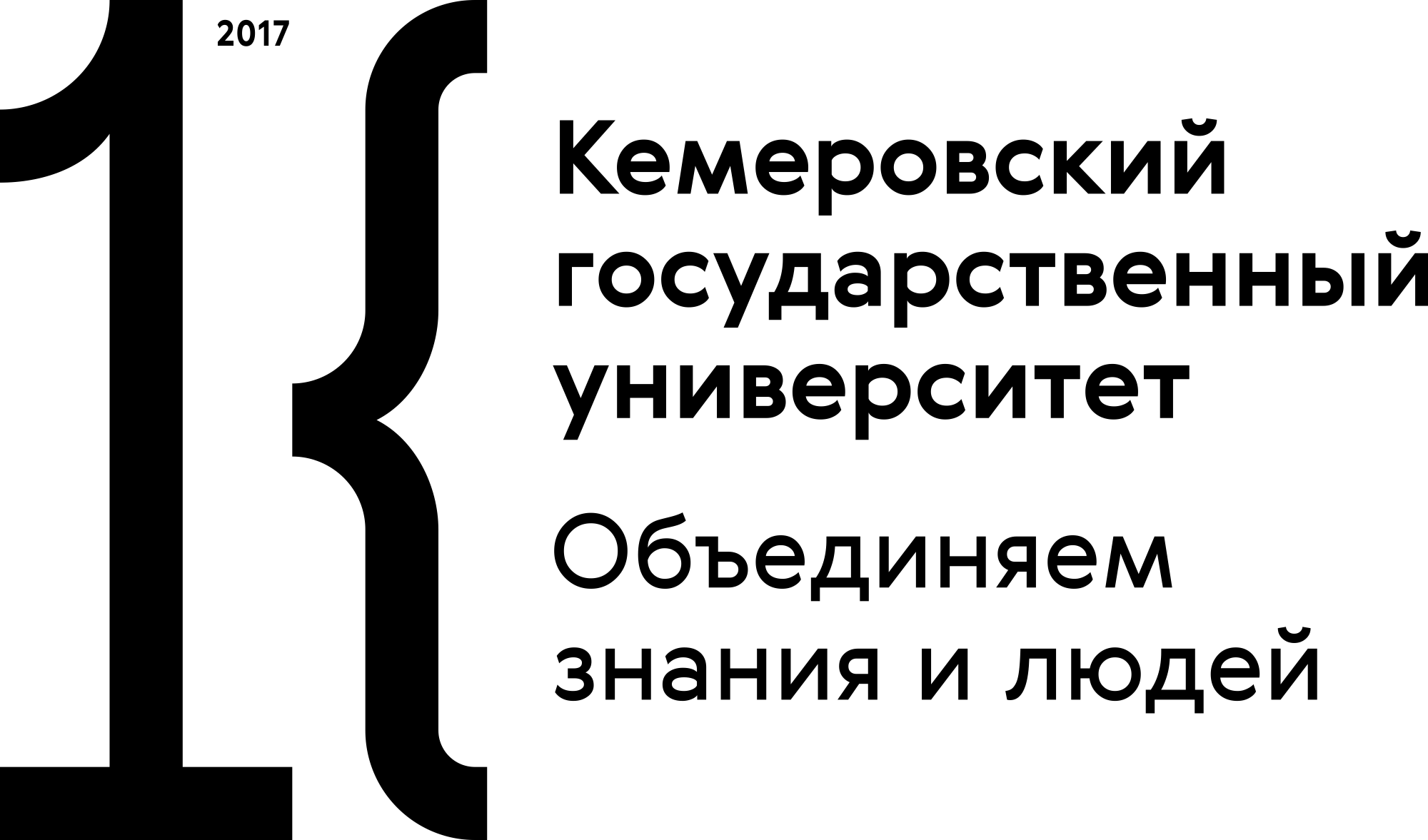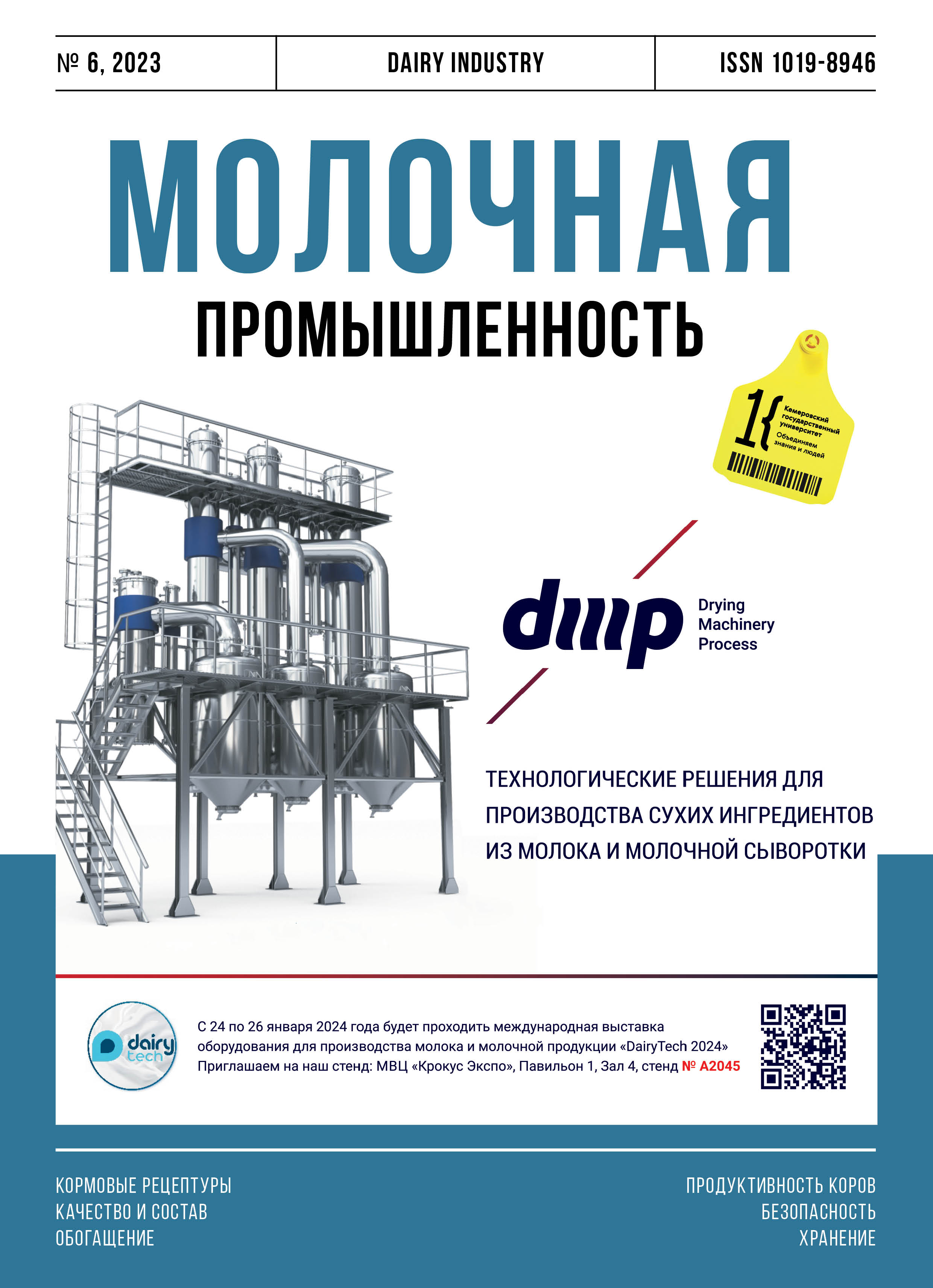Uglich, Russian Federation
Uglich, Russian Federation
Uglich, Russian Federation
Russian Federation
The article presents the results of studies of the bactericidal, sporicidal and virucidal activity of chlorine dioxide during the sanitary and hygienic treatment of the production environment at milk processing enterprises. The effective concentrations of solutions of the disinfectant «DIOKSICL» containing chlorine dioxide were established in relation to the test cultures of Escherichia coli, Staphylococcus aureus, spores and vegetative forms of Bacillus subtilis and a mixture of 10 lactococcus bacteriophages with different methods of equipment disinfection used in milk processing enterprises. It has been proven that disinfection of equipment by immersion in a solution or in a stream (CIP cleaning) is more effective and requires lower concentrations of disinfectant than when spraying surfaces. Thus, in the first case, when processing equipment for a complete bactericidal effect on all significant groups of microorganisms with a viable cell content of up to 105 CFU / cm3, it is necessary to use solutions with a concentration of chlorine dioxide 33.0 mg / dm3 or 1.0 % according to the preparation. To ensure the virucidal effect and the destruction of bacteriophages at the level of 105 NFU / cm3 to 99.99–100 %, a disinfectant concentration of 49.5 mg / dm3 (or 1.5 % according to the preparation) is required, which is more than the effective concentration for bacteria. When using the irrigation method, effective disinfection with respect to vegetative forms can be achieved at a concentration of chlorine dioxide in a solution of 33.0 mg / dm3 (1.0 % of the preparation), and to suppress spore microorganisms by 99.99 %, it is required to use solutions with a 132.0 mg / dm3 (4.0 % of the preparation). As a result of the research, the possibility of using chlorine dioxide as an effective disinfectant in milk processing plants has been confirmed, which significantly expands the choice of means for these purposes.
chlorine dioxide, disinfection, disinfectants, test cultures, bacteriophages, disinfection efficiency.
1. Shestopalov, N. V. Federal'nye klinicheskie rekomendacii po vyboru himicheskih sredstv dezinfekcii i sterilizacii dlya ispol'zovaniya v medicinskih organizaciya / N. V. Shestopalov [i dr.] - M.: Izd-vo Remedium, 2015. - 56 s.
2. Wu, V. CH. Chlorine Dioxide (ClO2) / V. C. Wu// Postharvest Management Approaches for Maintaining Quality of Fresh Produce. In: Siddiqui, M., Ayala Zavala, J., Hwang, CA. (eds). - Cham: Springer International Publishing, 2016. R. 209-218. https://doi.org / 10.1007 / 978-3-319-23582-0_12.
3. Kuzin, V. V. Eksperimental'noe sravnenie aerozol'nogo metoda pri dezinfekcii vozduha i poverhnostey, kontaminirovannyh M. Tuberculosis / V. V. Kuzin [i dr.]// Tuberkulez i bolezni legkih. 2018. T. 96. № 1. S. 35-40.https://doi.org / 10.21292 / 2075-1230-2018-96-1-35-40
4. Peterburgskaya kompaniya pridumala ekspress-dezinfektory dlya «skoroy». - URL: https://regnum.ru / ne ws / innovatio / 2964518. html (data obrascheniya: 17.02.2023).
5. Kuzin, V. V. Sredstva i metody bor'by s rasprostraneniem vnutribol'nichnyh infekciy / V. V. Kuzin, V. D. Potapov, E. B. Shmatkova// Naukograd: nauka, proizvodstvo i obschestvo. 2014. № 2. S. 68-70.
6. Ofori, I. Chlorine dioxide oxidation of Escherichia coli in water - A study of the disinfection kinetics and mechanis / I. Ofori, S. Maddila, J. Lin, S. B. Jonnalagadda // Journal of Environmental Science and Health, Part A. 2017. V 52. № 7. P. 598-606. https://doi.org / 10.1080 / 10934529.2017. 1293993
7. Trinetta, V. Chlorine dioxide for microbial decontamination of food / V. Trinetta, M. Morgan, R. Linton// Microbial Decontamination in the Food Industry. In: Demirci, A., Ngadi, M. O. (eds). 2012. R. 533-562.
8. Fokin, M. Gigiena dolzhna byt' polnoy / M. Fokin//Molochnaya promyshlennost'. 2014. № 10. S. 28-31.






